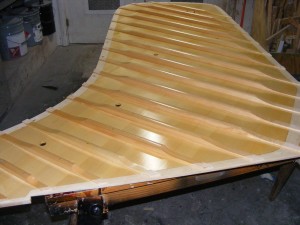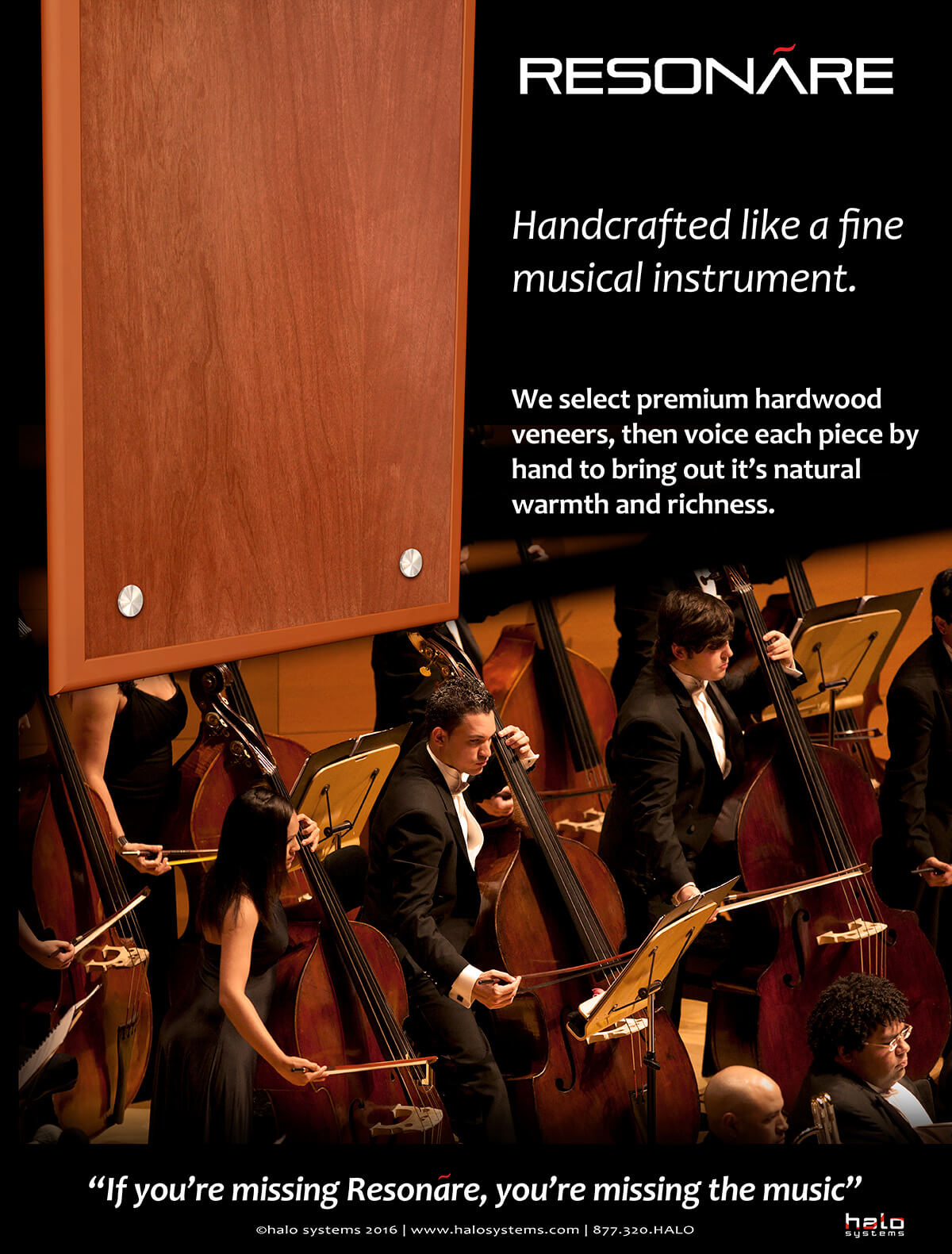Can You Feel It?
Within the field of acoustics we have come a long way to understanding how to measure specific frequency responses within a space. We have even thought long and hard about how to control unwanted sound reflections, from high to low frequencies. Certain angles and room shapes, bass traps, wall diffusers, direct dampening – all are attempts at controlling the sound once it is present as a sound wave within the space.
But where is all of this sound coming from? Is it purely coming from a sound source, such as a loudspeaker, a person, instrument or any other noise maker? Is that really where ALL the sound that reaches our ears comes from? What about those sounds that travel through the walls, ceiling, floor and objects (including people!) in the form of mechanical energy? What happens when a wall, object or even a nearby un-played instrument starts to move with the energy it is receiving? What then?
Acoustic energy has force, even though it is unseen and is not a physical substance. When air molecules in the form of a sound wave crash into an object or wall surface, they will push that object or wall a little bit. If that continues you may even get that object or surface to develop its own energy and response pattern. You’ve probably felt the air moving when placing your hand in front of a speaker that’s turned up loud. That moving air has a similar effect on objects or walls, and when these molecules run into that surface hard enough that surface begins to move in response. It in turn begins to create its own sound waves emanating OUT from the surface. Now it’s no longer just the original sound source that is creating the sound you’re hearing, but the wall or other object or surface is contributing to your overall listening experience.
Truly, it is resonance that has a greater impact to the listener than reflections. Reflections, while certainly a part of the overall sonic landscape, they are not of primary importance when acoustically optimizing a space. In fact, both resonance and laminar flow are of greater importance. (For more information on laminar flow see my blog – Control 3: Barricade)
Now, imagine that sound is coming from a musician singing and playing an acoustic guitar. Sound is emanating out from her voice, from the strings and guitar body as she sings a happy tune. But that’s not all. Bones in her body (eg. chest and head) are resonating as well. The walls, ceiling, floor, objects, etc. are all being bombarded with air molecules in sound wave after sound wave – and they, too, are now moving and creating sound waves. Knowing how to properly harness this energy into a cohesive, unified listening experience is a true art and requires meticulous attention to detail.

